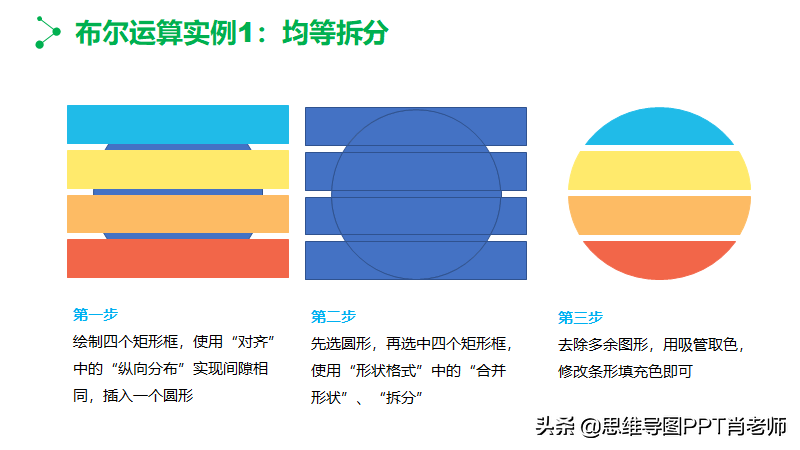Excel是大家都很熟悉的一款数据处理,分析,统计,可视化工具,如果你打算学习数据分析,那么Excel应该作为你的基本功,不仅要掌握,而且要非常熟练的掌握Excel。
好在Excel作为一个日常的办公软件,几乎每个上过大学的人都会使用它,对Excel有一定使用经验的人应该知道,在Excel中,我们能够非常灵活的操作数据,比如进行汇总求和,求平均值,行列转置,数据透视表等。
初学Python时,在你看了Python的那些基础数据类型之后,你发现,没有一种数据类型对应着Excel中的表格,你就会疑惑,这Python处理数据,到底是怎么处理的呢?不用担心,虽然,Python的自带软件库里面是没有对应表格这种类型的数据类型,但是通过第三方扩展库 pandas,我们能够在Python中非常灵活的处理表格型数据。下面我给出使用pandas 操作和处理数据的一些案例。
在使用pandas库之前,我们需要先导入pandas库。如果你使用从Python官网下载的Python版本,需要在命令行中使用如下命令进行pandas库的安装
pip install pandas
然后在Python程序中,引入pandas库
import pandas as pd
如果你使用我推荐的anaconda数据分析集成发行版,那么pandas库是默认安装好的,只需要使用import语句进行引入即可。在上面的这条import语句中,pd是pandas库的简写,我们需要在代码中使用pandas的名称,但是这个名称太长,于是我们使用简写。
下面我们从本地导入一个Excel格式的数据文件。使用pandas库中的read_excel函数,可以直接从本地数据读入数据,非常方便。
df = pd.read_excel("E:/data/superstore.xlsx")
读入数据后,可以查看一下数据的前两行(此处省略输出)
df.head(2)
然后可以输出这个数据集有多少行,这里它输出了每一个变量的个数,对应的数据的行数即为10000行
df.count
ID 10000 订单ID 10000 订单日期 10000 发货日期 10000 邮寄方式 10000 客户名称 10000 细分 10000 城市 10000 省 10000 地区 10000 产品ID 10000 类别 10000 子类别 10000 销售额 10000 数量 10000 折扣 10000 利润 10000 dtype: int64
也可以查看一下,这个数据表有哪些变量,这个操作在数据集的变量很大时,非常有用,你可能注意到,前面查看数据前2行,和查看数据集行数时,有括号,而此处查看变量名称,没有括号。有括号,代表对数据集调用函数,没有则表示查看数据集的属性。
df.columns
Index(['ID', '订单ID', '订单日期', '发货日期', '邮寄方式', '客户名称', '细分', '城市', '省', '地区', '产品ID', '类别', '子类别', '销售额', '数量', '折扣', '利润'], dtype='object')
再来做一个数据的透视操作,这里按照产品市场细分,与产品类别,求平均利润,你可以在Excel当中做同样的操作,对比结果是否一致
df.groupby(['细分', '类别'])['利润'].mean
细分 类别 公司 办公用品 129.251945 家具 339.108491 技术 343.436380 小型企业 办公用品 148.291325 家具 301.062607 技术 387.178446 消费者 办公用品 131.149533 家具 246.053086 技术 381.008612 Name: 利润, dtype: float64
除了这些我已经演示的函数之外,pandas中的DataFrame对象,上面通过导入数据,生成的df就是一个DataFrame对象,它支持的函数多达220种。(下表为pandas中DataFrame对象支持的函数)
| abs | bfill | describe | from_csv | insert |
| add | blocks | diff | from_dict | interpolate |
| add_prefix | bool | div | from_items | is_copy |
| add_suffix | boxplot | divide | from_records | isin |
| agg | clip | dot | ftypes | is |
| aggregate | clip_lower | drop | ge | items |
| align | clip_upper | drop_duplicates | get | iteritems |
| all | columns | dropna | get_dtype_counts | iterrows |
| any | combine | dtypes | get_ftype_counts | itertuples |
| append | combine_first | duplicated | get_value | ix |
| apply | compound | empty | get_values | join |
| applymap | consolidate | eq | groupby | keys |
| as_blocks | convert_objects | equals | gt | kurt |
| as_matrix | copy | eval | head | kurtosis |
| asfreq | corr | ewm | hist | last |
| asof | corrwith | expanding | iat | last_valid_index |
| assign | count | ffill | ID | le |
| astype | cov | fillna | idxmax | loc |
| at | cummax | filter | idxmin | lookup |
| at_time | cummin | first | iloc | lt |
| axes | cumprod | first_valid_index | index | mad |
| between_time | cumsum | floordiv | info | mask |
| max | pop | round | style | to_period |
| mean | pow | rpow | sub | to_pickle |
| median | prod | rsub | subtract | to_records |
| melt | product | rtruediv | sum | to_sparse |
| memory_usage | quantile | sample | swapaxes | to_sql |
| merge | query | select | swaplevel | to_stata |
| min | radd | select_dtypes | T | to_string |
| mod | rank | sem | tail | to_timestamp |
| mode | rdiv | set_axis | take | to_xarray |
| mul | reindex | set_index | to_clipboard | transform |
| multiply | reindex_axis | set_value | to_csv | transpose |
| ndim | reindex_like | shape | to_dense | truediv |
| ne | rename | shift | to_dict | truncate |
| nlargest | rename_axis | size | to_excel | tshift |
| not | reorder_levels | skew | to_feather | tz_convert |
| nsmallest | replace | slice_shift | to_gbq | tz_localize |
| nunique | resample | sort_index | to_hdf | unstack |
| pct_change | reset_index | sort_values | to_html | update |
| pipe | rfloordiv | sortlevel | to_json | values |
| pivot | rmod | squeeze | to_latex | var |
| pivot_table | rmul | stack | to_msgpack | where |
| plot | rolling | std | to_panel | xs |
这么多的函数,显然我不可能全部演示它们的用法,你也不能够全部记住,那么怎么办呢?好在,查看函数的帮助文档也是非常方便的,比如你想在调用某个函数之前,查看它的用法,我们这里以上面使用的groupby函数为例,帮助文档会详细给出函数的参数,函数的用法,按照帮助文档去使用函数即可。
df.groupby?
Signature: df.groupby(by=None, axis=0, level=None, as_index=True, sort=True, group_keys=True, squeeze=False, **kwargs)Docstring:Group series using mapper (dict or key function, apply given function to group, return result as series) or by a series of columns. Parameters ---------- by : mapping, function, str, or iterable Used to determine the groups for the groupby. If ``by`` is a function, it's called on each value of the object's index. If a dict or Series is passed, the Series or dict VALUES will be used to determine the groups (the Series' values are first aligned; see ``.align`` method). If an ndarray is passed, the values are used as-is determine the groups. A str or list of strs may be passed to group by the columns in ``self`` axis : int, default 0 level : int, level name, or sequence of such, default None If the axis is a MultiIndex (hierarchical), group by a particular level or levels as_index : boolean, default True For aggregated output, return object with group labels as the index. Only relevant for DataFrame input. as_index=False is effectively "SQL-style" grouped output sort : boolean, default True Sort group keys. Get better performance by turning this off. Note this does not influence the order of observations within each group. groupby preserves the order of rows within each group. group_keys : boolean, default True When calling apply, add group keys to index to identify pieces squeeze : boolean, default False reduce the dimensionality of the return type if possible, otherwise return a consistent type Examples -------- DataFrame results >>> data.groupby(func, axis=0).mean >>> data.groupby(['col1', 'col2'])['col3'].mean DataFrame with hierarchical index >>> data.groupby(['col1', 'col2']).mean Returns ------- GroupBy objectFile: c:programdataanaconda3libsite-packagespandascoregeneric.pyType: method
pandas库是数据分析中必须使用的一个Python第三方库,你可以根据本文内容,自己多多联系pandas的使用,如果你去找工作,说你找我Python中,pandas库全部220个函数的用法,一定会脱颖而出,因为我至今也没全部掌握啊!













